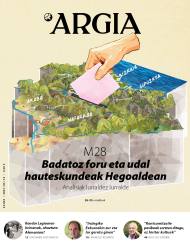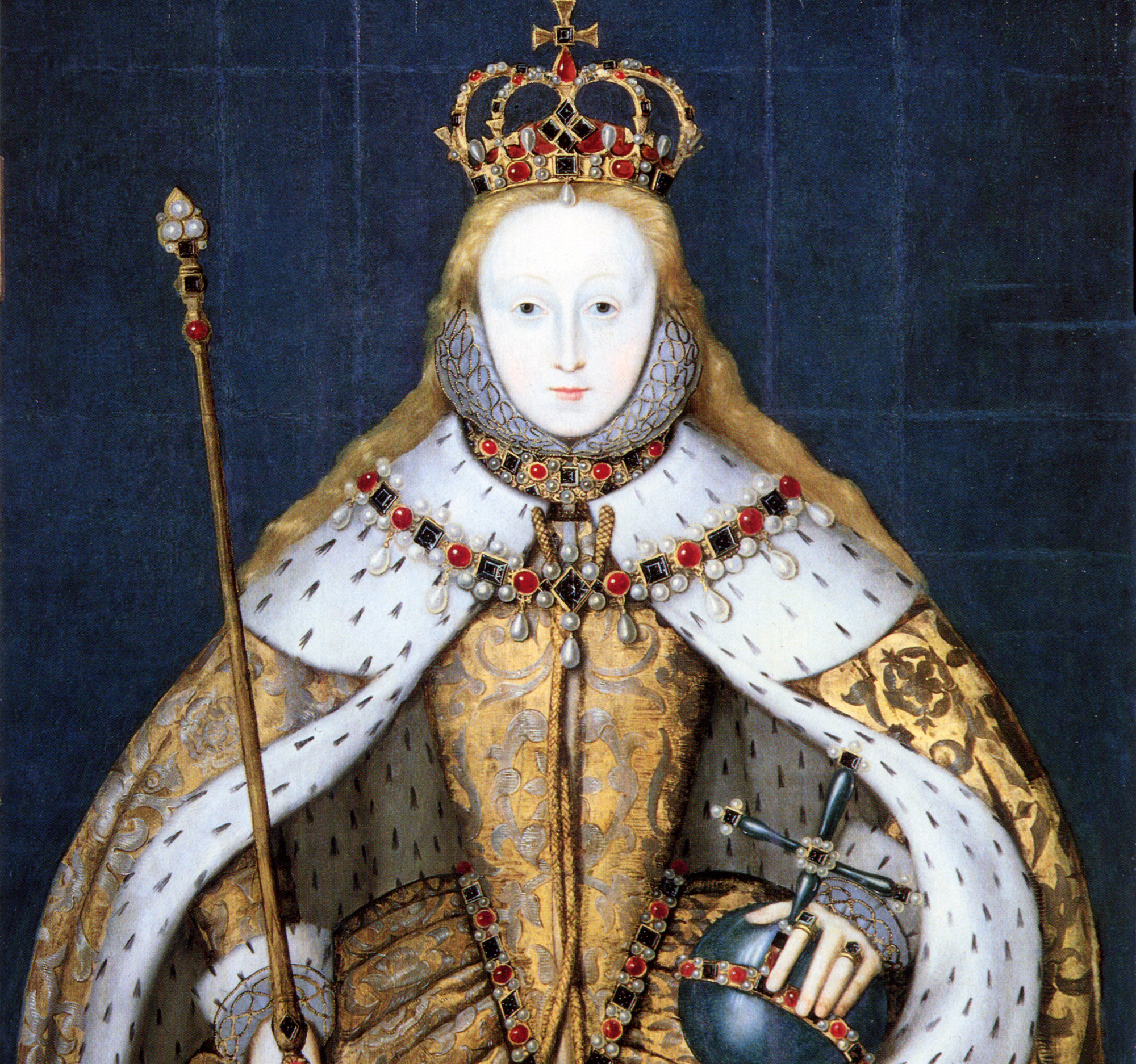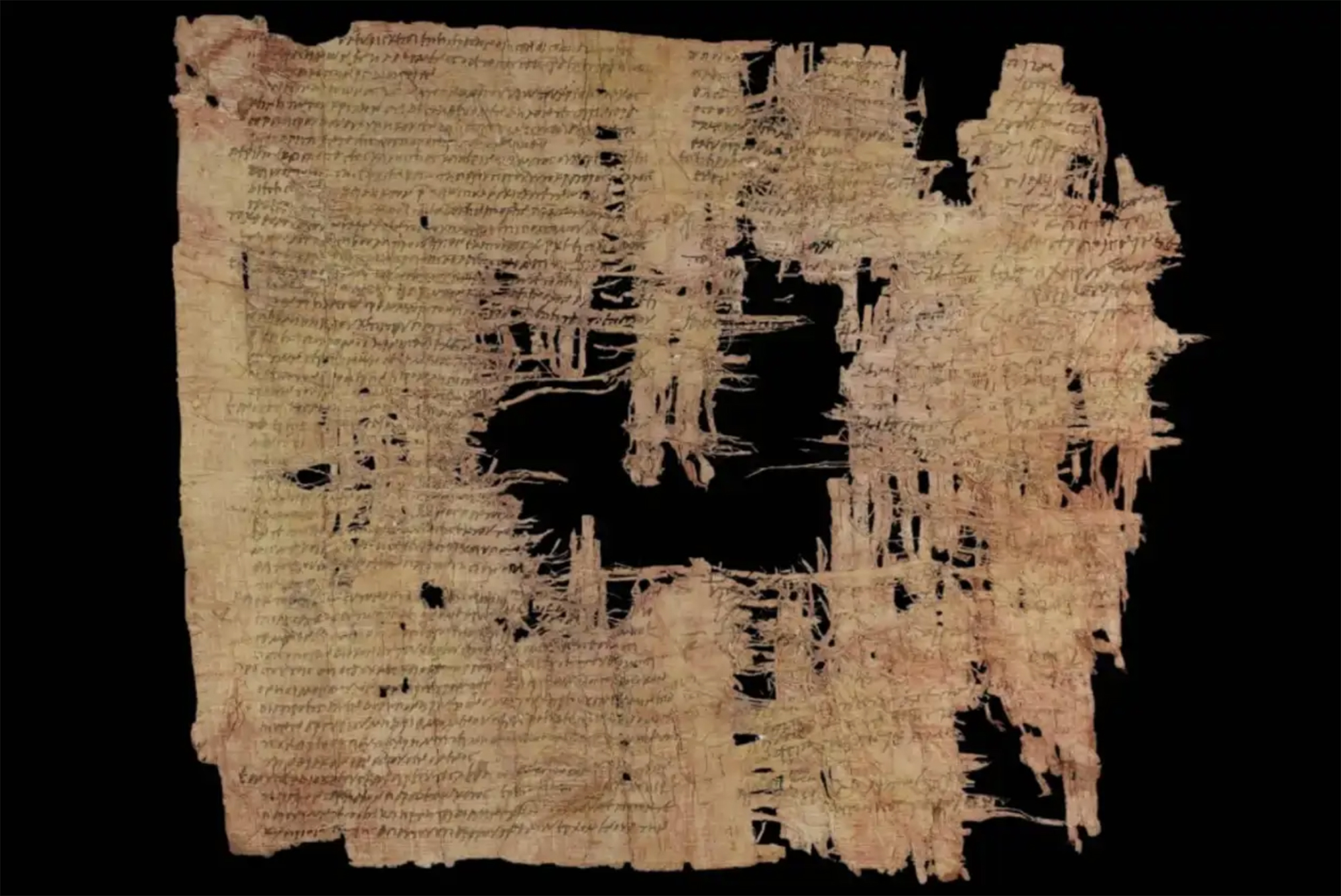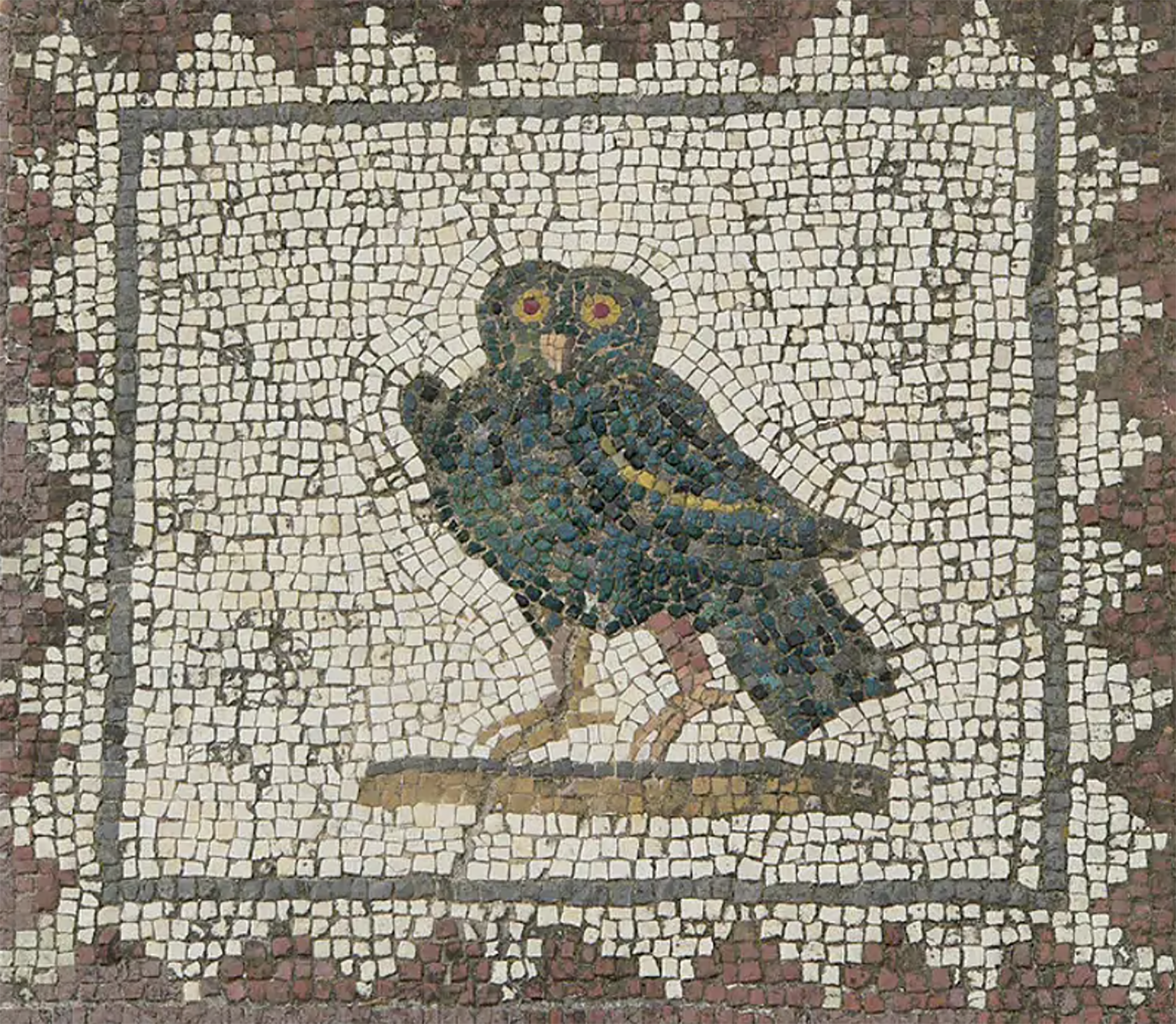Henry Ford's utopia, dystopia of others
- Amazonia, 1928. The car company Ford built in the jungle a village called Fordland, on the banks of the Tapajos, a tributary of the Amazon.
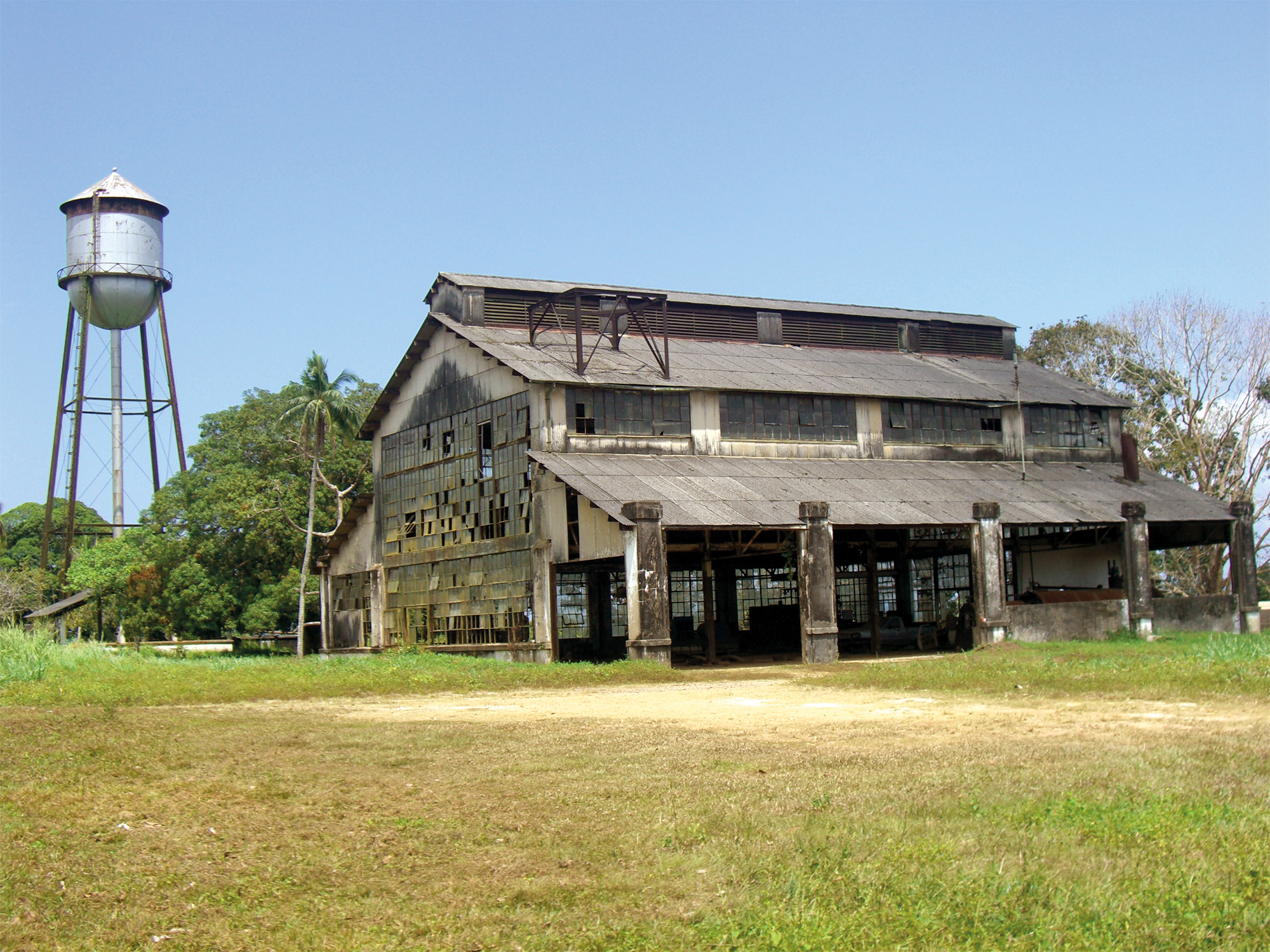
Henry Ford (1863-1947) intended to produce rubber for use on the wheels of his cars, until then the rubber production monopoly was in the hands of British and Dutch. But by the way, they built a utopian village for the 3,000 workers who were going to work on the ground floor and in the factory, and they filled the jungle with their typical white, single-parent houses in the United States, who dream of the lives of the poor workers of any country. The church, hospital, nightclub and pool were also built, as well as one of these bright water deposits that appear in the typical landscape of the United States. And for American employers they made a special, more luxurious neighborhood, because inequality is a fundamental part of the “American dream.”
For Brazilian workers to play as if they were good Americans, Ford banned smoking and drinking alcohol locally, as well as playing soccer (of course, the sport they call soccer, not the “real” football of Americans). In addition, to ensure compliance with the standards, the employers had permission to freely explore the houses of the workers. The usual hours from 9:00 to 17:00 were applied; the workers said that at sunrise and sunset they worked normally, at noon, that they could not sunbathe, but did not listen to them.
American food was also imposed on the inhabitants of Fordland. Beyond taste and customs, the American diet caused stomach problems in the rainforest
American food was also imposed on the inhabitants of Fordland. Beyond taste and customs, the U.S. diet caused stomach problems in the rainforest, so in 1930 several workers jumped into the factory dining room. The bosses had to flee to the jungle until the Brazilian army shut down the rebellion. And the workers went back to work -- to produce little.
The engineers of the company Ford organized the rubber plantation ignoring professionals who knew the wet and steep lands perfectly. Under these conditions, between 3 and 4 trees decided to plant about 80 trees in the growing area to increase production. But because of moisture and concentration, pests ate production. Accepting the total defeat, Ford completely abandoned Fordland in 1934 and 40 kilometers from Belterra restarted the project, leaving that second attempt of synthetic rubber.
No gram of rubber produced in Fordland became part of a Ford car. And even Henry Ford never stomped the idyllic dream town, among many other phobias, that had intense germ phobia.
Linear A is a Minoan script used 4,800-4,500 years ago. Recently, in the famous Knossos Palace in Crete, a special ivory object has been discovered, which was probably used as a ceremonial scepter. The object has two inscriptions; one on the handle is shorter and, like most of... [+]
Londres, 1944. Dorothy izeneko emakume bati argazkiak atera zizkioten Waterloo zubian soldatze lanak egiten ari zela. Dorothyri buruz izena beste daturik ez daukagu, baina duela hamar urte arte hori ere ez genekien. Argazki sorta 2015ean topatu zuen Christine Wall... [+]
Bilbo, 1954. Hiriko Alfer eta Gaizkileen Auzitegia homosexualen aurka jazartzen hasi zen, erregimen frankistak izen bereko legea (Ley de Vagos y Maleantes, 1933) espresuki horretarako egokitu ondoren. Frankismoak homosexualen aurka egiten zuen lehenago ere, eta 1970ean legea... [+]
Japonia, XV. mendea. Espioitzan eta hilketa ezkutuetan espezializatutako eliteko talde militarra sortu zen. Edo horixe uste du behintzat Stephen Turnbull historialari britainiarrak. Beste aditu batzuen ustez, askoz lehenago sortu ziren ninjak, duela 2.300-2.500 urte inguru. Eta... [+]
Eskultura grekoerromatarrek bere garaian zuten itxurak ez du zerikusirik gaurkoarekin. Erabilitako materiala ez zuten bistan uzten. Orain badakigu kolore biziz margotzen zituztela eta jantziak eta apaingarriak ere eransten zizkietela. Bada, Cecilie Brøns Harvard... [+]
Chão de Lamas-eko zilarrezko objektu sorta 1913an topatu zuten Coimbran (Portugal). Objektu horien artean zeltiar jatorriko zilarrezko bi ilargi zeuden. Bi ilargiak apaingarri hutsak zirela uste izan dute orain arte. Baina, berriki, adituek ilargietan egin zituzten motibo... [+]
Hertfordshire (Ingalaterra), 1543. Henrike VIII.a erregearen eta Ana Bolenaren alaba Elisabet hil omen zen Hatfield jauregian, 10 urte besterik ez zituela, sukarrak jota hainbat aste eman ondoren. Kat Ashley eta Thomas Parry zaintzaileek, izututa, irtenbide bitxia topatu omen... [+]
Luxorren, Erregeen Haranetik gertu, hilobi garrantzitsu baten sarrera eta pasabide nagusia aurkitu zituzten 2022an. Orain, alabastrozko objektu batean Tutmosis II.aren kartutxoa topatu dute (irudian). Horrek esan nahi du hilobi hori XVIII. dinastiako faraoiarena... [+]
AEB, 1900eko azaroaren 6a. William McKinley (1843-1901) bigarrenez aukeratu zuten AEBetako presidente. Berriki, Donald Trump ere bigarrenez presidente aukeratu ondoren, McKinleyrekiko miresmen garbia agertu du.
Horregatik, AEBetako mendirik altuenari ofizialki berriro... [+]
Urruña, 1750eko martxoaren 1a. Herriko hainbat emakumek kaleak hartu zituzten Frantziako Gobernuak ezarritako tabakoaren gaineko zergaren aurka protesta egiteko. Gobernuak matxinada itzaltzeko armada bidaltzea erabaki zuen, zehazki, Arloneko destakamentu bat. Militarrek... [+]
In the Maszycka cave in Poland, remains of 18,000 years ago were found at the end of the 19th century. But recently, human bones have been studied using new technologies and found clear signs of cannibalism.
This is not the first time that a study has reached this conclusion,... [+]
Porzheim, Germany, February 23, 1945. About eight o’clock in the evening, Allied planes began bombing the city with incendiary bombs. The attack caused a terrible massacre in a short time. But what happened in Pforzheim was overshadowed by the Allied bombing of Dresden a few... [+]
Judea, 2nd century AD. In the turbulent atmosphere of the Roman province, a trial was held against Gaddaliah and Saul, accused of fraud and tax evasion. The trial was reported on a 133-line paper in Greek (pictured). Thinking that it was a Nabataean document, the papyrus was... [+]
Poloniar ikerlari talde batek Sevillako Italica aztarnategiko Txorien Etxea aztertu du, eta eraikinaren zoruko mosaikoak erromatar garaiko hegazti-bilduma xeheena dela ondorioztatu du.
Txorien etxean 33 hegazti daude mosaikoetan xehetasun handiz irudikatuta. Beste... [+]
Vietnam, February 7, 1965. The U.S. Air Force first used napalma against the civilian population. It was not the first time that gelatinous gasoline was used. It began to be launched with bombs during World War II and, in Vietnam itself, it was used during the Indochina War in... [+]









